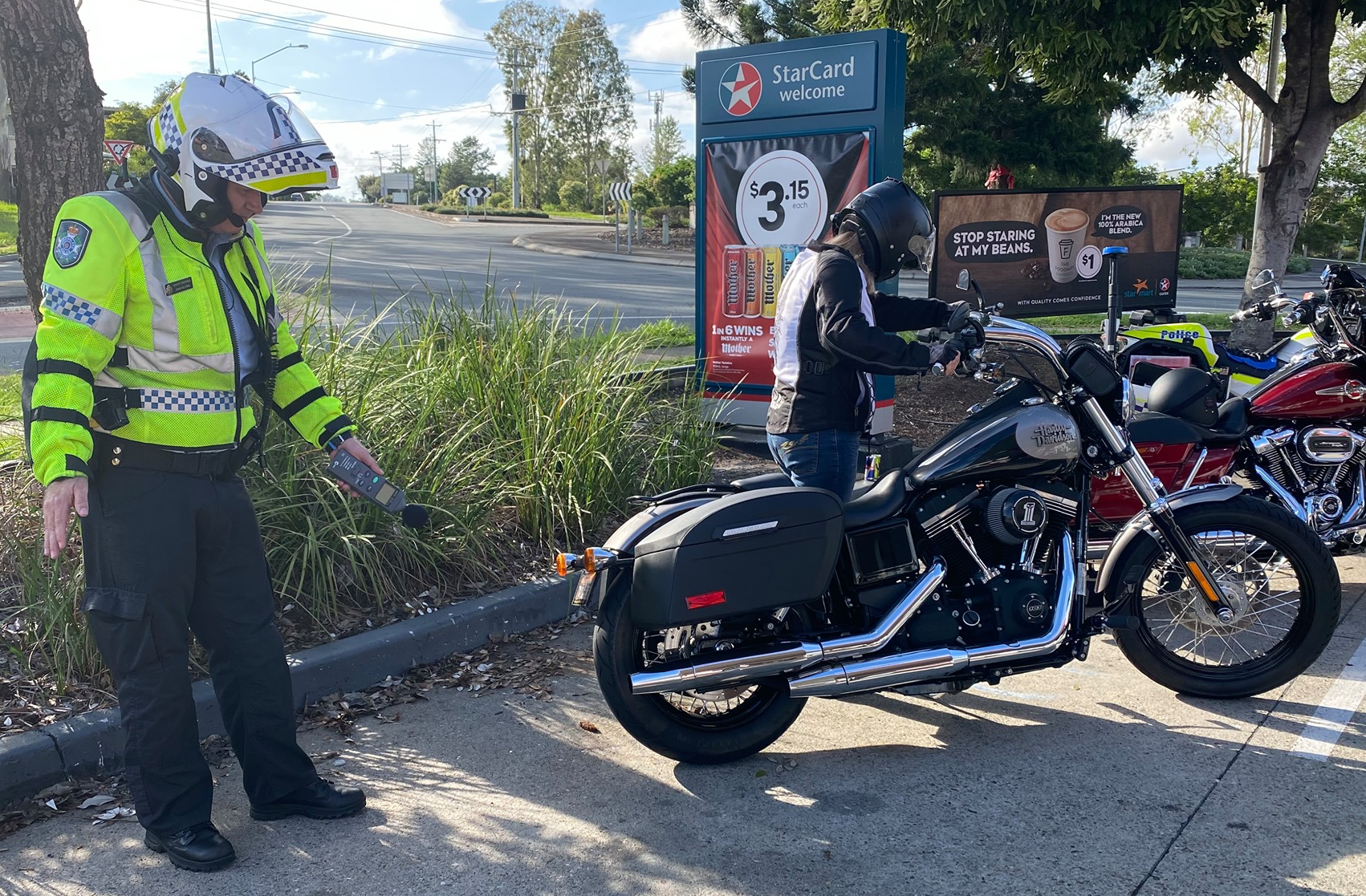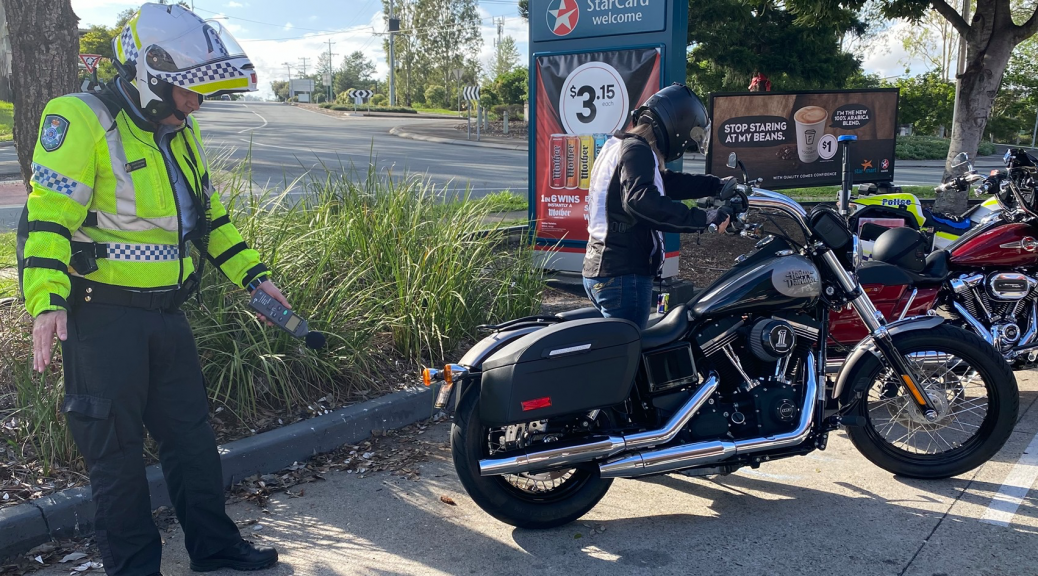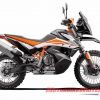A Queensland petition calling for motorcycle noise limits to be standardised to “power equipment” levels of 115dB has been rejected by Roads Minister Mark Bailey.
He says a uniform upper noise (stationary) limit of 115 or 110dB(A) for all vehicles would “effectively increase the permissible noise limit of a vast majority of the entire vehicle fleet, and for some vehicles quite dramatically”.
“A consideration is recognising that every 10 dB increase is a doubling of perceived loudness, so such a proposal would not meet community expectations,” he says.
The petition was started after the Motorcycle Advocacy Group (Qld) Facebook page claimed police harassment of riders and multiple defect notices.
This is despite data from the Queensland Transport and Main Roads Department showing only 13 motorcycles received defect notices last year and none was for exhaust noise.
The petition was lodged on 4 February 2021 by MAG spokesman David White who said it received 240 signatures in the first hour.
It pointed out that there is a disparity between state and federal vehicle regulations on exhaust noise. This disparity is similar in most other states.
Click here to read the full text of the petition.
The Minister’s response also referred to the disparity of laws between states as another reason not to modify Queensland laws which would put the state even further out of kilter with other states.
Despite the petition’s rejection, David says the group can now reply to the Minister’s response and “engage TMR (Transport and Main roads) at Parliamentary level”.

Here is the full text of the Minister’s response:
I refer to petition 3464-21 lodged with the Legislative Assembly on 21 April 2021 about the regulation of vehicle noise emissions in Queensland.
The Palaszczuk Government is committed to maintaining a robust framework to ensure vehicles used on Queensland roads are in a safe condition and meet regulatory requirements, including requirements relating to noise emissions. The government does not agree that the regulatory requirements are unworkable, or in conflict with the Australian Design Rules (ADRs).
The current standards relating to vehicle noise levels are set by the Australian Department of Infrastructure, Transport, Regional Development and Communications under the Motor Vehicle Standards Act 1989 (Cth) (the Act). The Act requires all road vehicles to comply with the relevant ADRs at the time of manufacture and supply to the Australian market.
ADR83/00 Vehicle Standards (Australian Design Rule 83/00 – External Noise) 2005 applies to all vehicles manufactured from 2005 onwards. ADR83/00 requires a vehicle to firstly meet a set maximum noise limit, with the limit varying depending on the purpose of use and size of the motor vehicle or motorbike. This is known as a ‘Drive by Maximum Noise Test’, as the vehicle noise test is carried out when the vehicle is in motion and driven past a testing device.
Once a vehicle passes the drive by test limit, the ADR secondly requires the vehicle to undergo a ‘Stationary Noise Test’ and record the result for the vehicle. The stationary vehicle noise test is carried out with the vehicle stationary next to the testing device. While stationary noise test results can vary, it should be recognised that the vehicle has already passed the prescribed drive by maximum noise limits specified in ADR83/00.
All in-service or registered vehicle categories (heavy, light and motorcycles) must continue to meet ADR83/00.
In Queensland, the Transport Operations (Road Use Management—Vehicle Standards and Safety) Regulation 2010 (the VSS Regulation) prescribes the same requirements that are specified in ADR83/00. The VSS Regulation is aligned with the national regulatory requirements and further allows for a 5db tolerance if an in-service vehicle is noise tested (using the Stationary Noise Test method) to allow for equipment degradation.
The VSS Regulation also includes additional information for vehicles that are either certified to older national requirements, or that are not certified at all (pre-ADR requirements). Importantly, if a vehicle exhaust system is modified or exchanged; the system must remain compliant to the noise standard. Vehicle owners whose vehicles are modified contrary to these requirements are liable for prosecution.
The maximum noise limit for each vehicle is detailed on public facing website, www.greenvehicleguide.gov.au, which is maintained by the Australian Government, so that members of the public can check the documented maximum noise level applicable for their vehicle.
The option proposed by petitioners to set a uniform upper noise (stationary) limit of 115 or 110 dB(A) for all vehicles would effectively increase the permissible noise limit of a vast majority of the entire vehicle fleet, and for some vehicles quite dramatically. A consideration is recognising that every 10 dB increase is a doubling of perceived loudness, so such a proposal would not meet community expectations.
For these reasons, the Palaszczuk Government does not support the introduction of a uniform upper noise limit, particularly as doing so would create a conflict between Australian laws, and of other States and Territories, as well as increasing vehicle noise levels in the community generally.
The Queensland Police Service and the Department of Transport and Main Roads compliance officers regularly undertake compliance and enforcement activities throughout Queensland and respond to noise and emission issues on a regular basis.
I would like to thank all petitioners for bringing their concerns to the attention of the House and I trust this information is of assistance.
For motorcycles manufactured post-2005, the noise data can be found on a label on the motorcycle itself.
Source: MotorbikeWriter.com


